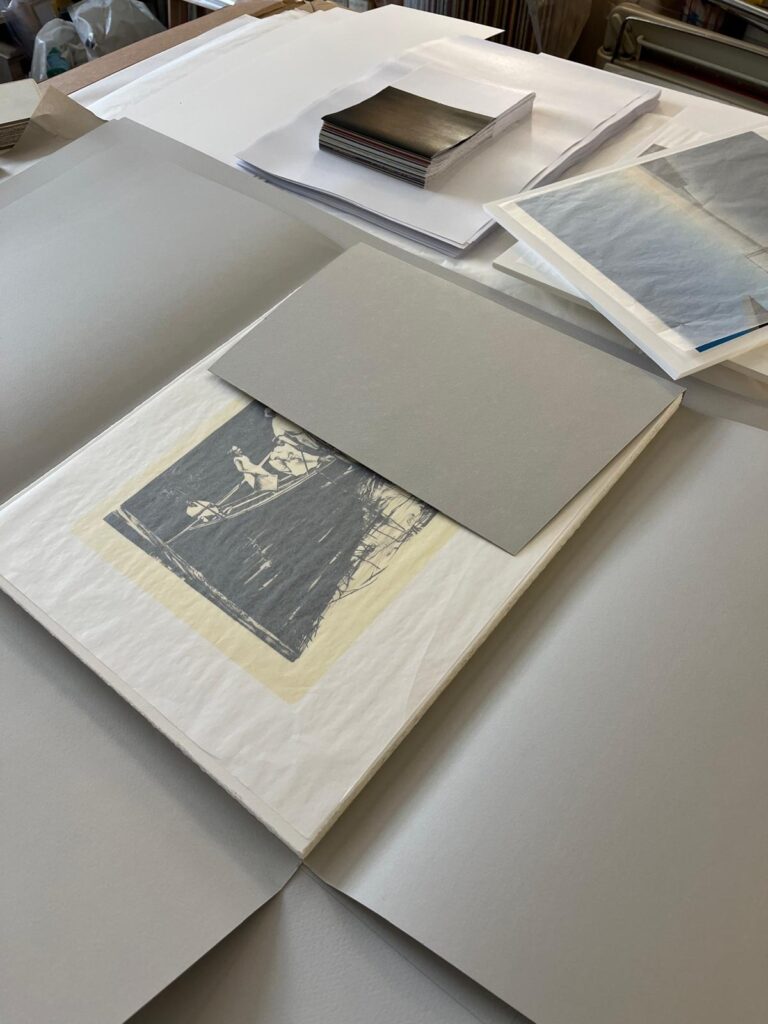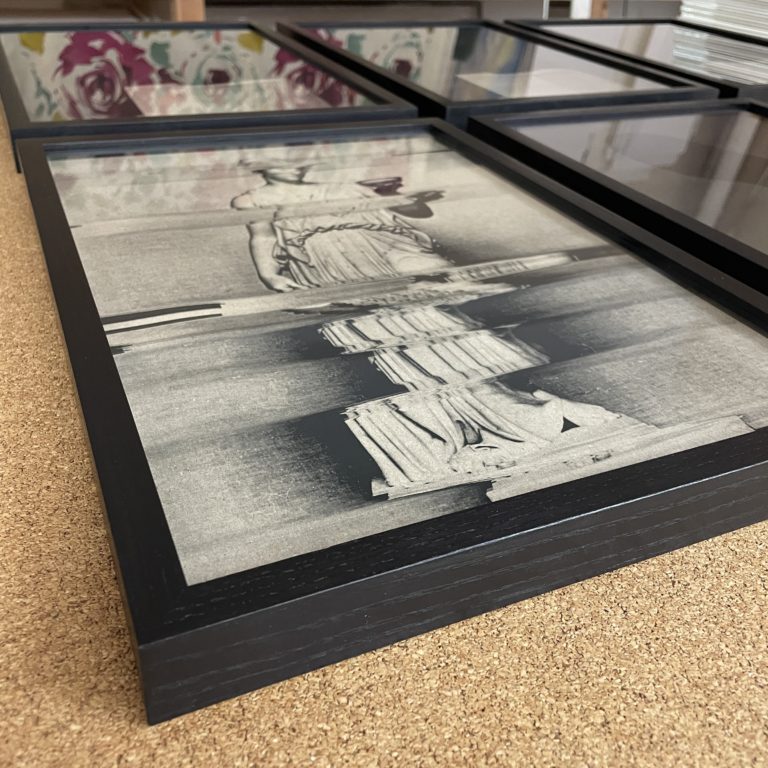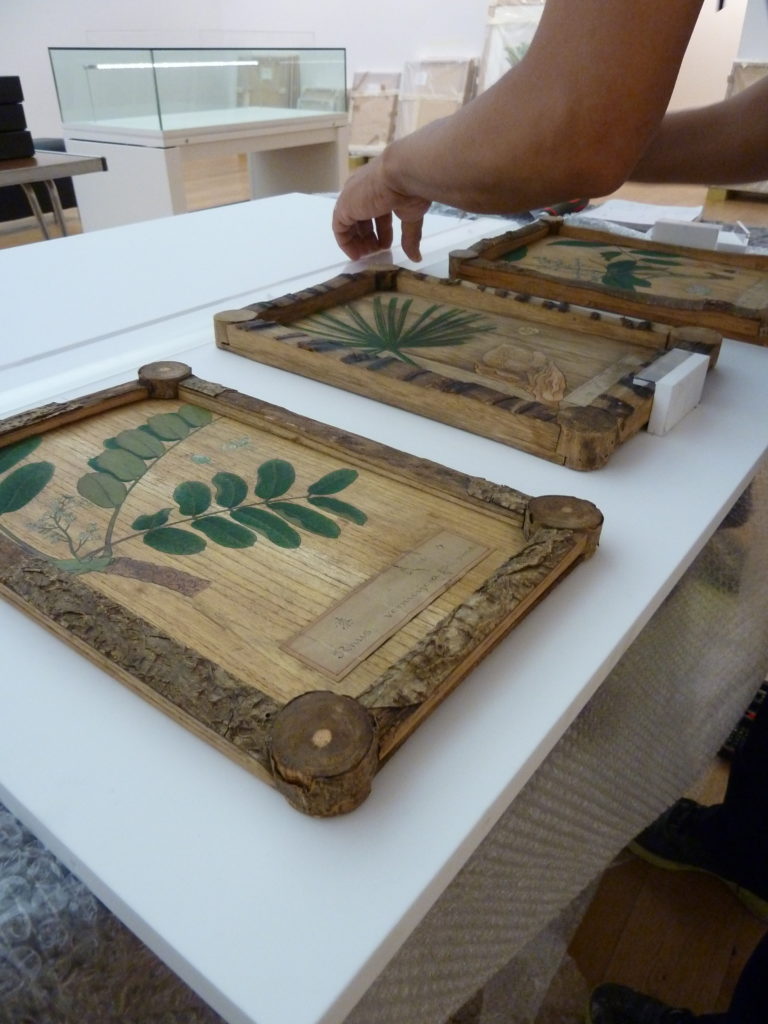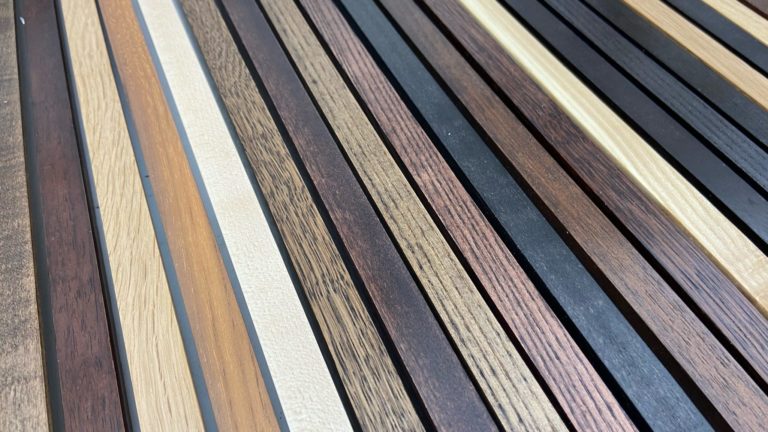How to Choose the Right Paper for Digital Printing
Explore the best paper types for your digital prints with this expert guide from SE1 Picture Frames.
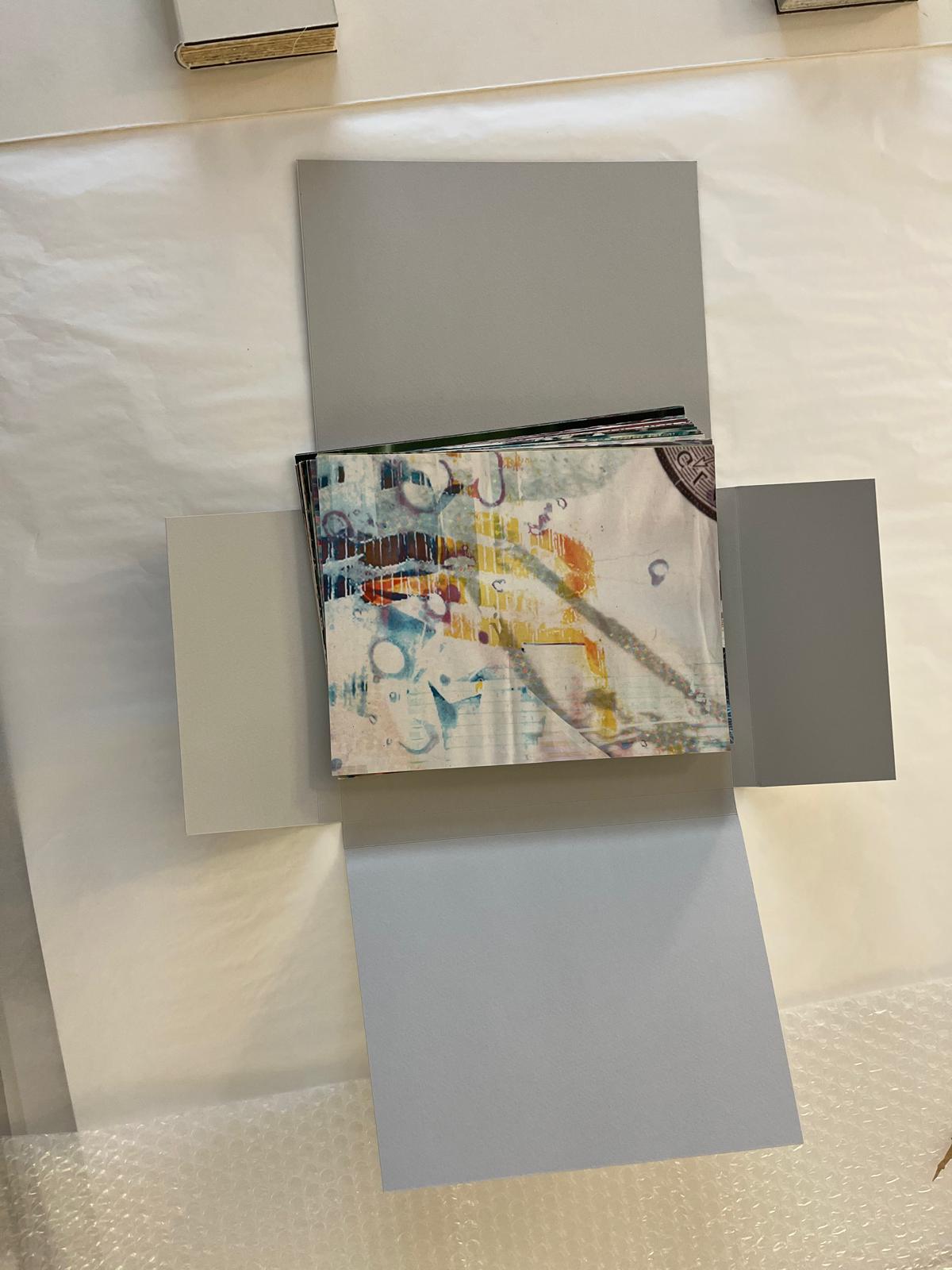
Choosing the right paper is just as important as the image file itself when it comes to digital printing. The texture, weight, and finish of your chosen paper can dramatically affect the look and feel of your final print.
At SE1 Picture Frames, we’ve been printing fine art and photography for over 30 years using museum-grade papers and our Epson Stylus Pro 9880 with UltraChrome HDR archival inks. Whether you’re an artist preparing for an exhibition or a photographer selling limited editions, the right paper will elevate your work.
Read on to find the perfect paper for your next digital print.
Why Paper Choice Matters
Paper isn’t just a surface—it’s a key part of the final aesthetic. The way ink sits on paper impacts colour richness, contrast, sharpness, and even the emotional feel of the piece.
Different papers suit different types of work. A glossy photographic print may need a completely different base than a watercolour reproduction. That’s why we use a curated range of professional-grade papers to suit all needs.
Step 1: Consider Your Artwork Type
Your paper should complement the medium of your artwork.
- Photography: Opt for smoother papers with high D-Max (deep blacks) and minimal texture, such as Hahnemühle Photo Rag or Epson Premium Lustre.
- Illustrations or Digital Art and photography: Smooth, bright-white papers help digital detail pop—go for something like Somerset Enhanced Satin. This is our go to fine art paper.
- Watercolour & Mixed Media Reproductions: Choose textured, matte papers like Somerset Velvet 330gsm for an authentic, painterly finish.
- Monochrome Prints: Fine art papers with a subtle grain enhance tonal transitions and black-and-white drama.
Need help deciding? We’re happy to advise—just email your file and brief. Or have a look through our digital printing page for more information.
Step 2: Choose a Paper Weight That Suits the Work
Heavier papers offer a more luxurious feel and are less prone to curling or buckling.
- 230–250gsm: Lightweight, good for proofing or posters.
- 300–330gsm: Museum-grade, ideal for exhibitions and collectors.
- Above 330gsm: Heavier, textured options for premium limited editions or gallery sale prints.
At SE1 Picture Frames, our go-to is Somerset Enhanced 330gsm—100% cotton, radiant white, and compatible with archival inkjet printing.
Step 3: Decide on the Finish (Matte, Satin, or Gloss)
The finish affects how your artwork interacts with light:
- Matte: Soft, non-reflective. Great for traditional artwork or subtle photographic tones.
- Satin: Light sheen, enhances depth without full shine. Excellent all-rounder.
- Gloss: Reflective, sharp, and vibrant. Popular for colour photography but more prone to fingerprints.
Our Epson Stylus Pro 9880 handles all finishes beautifully—just specify your preference when submitting files.
Step 4: Check Paper Archival Quality
To ensure longevity:
- Look for acid-free, lignin-free, and 100% cotton or alpha cellulose content.
- All our papers are archival-certified, designed for long-term display without yellowing or fading.
These are especially important if you’re selling editions or displaying work in galleries or museums.
Step 5: Think About Borders and Trimming
Paper size and trimming options matter too:
- Include borders in your file size if you want a mount-friendly finish.
- Choose torn edges for a handmade look (just request this when ordering).
- Let us know if your paper choice needs to match a pre-cut mount or frame size.
We can advise on bleed, edge finishing, and margins—just ask.
Our Most Popular Paper Options
Here’s a quick look at our go-to papers for different types of projects:
| Paper | Weight | Finish | Best For |
| Somerset Enhanced 330gsm | 330gsm | Satin | Fine art, digital art, general |
| Hahnemühle Photo Rag 308gsm | 308gsm | Matte | Photography, archival prints |
| Epson Premium Lustre 260gsm | 260gsm | Lustre | Colour photography, high contrast |
| Woodstock Superfine 310gsm | 310gsm | Matte | Proofing, soft finishes |
Submit Your Files & Paper Choice
Once your file is ready, here’s how to get it printed:
- Upload via WeTransfer: Send to info@se1pictureframes.co.uk with your paper choice, print size, and finishing instructions.
- Default Paper: Somerset Enhanced 330gsm—unless you specify otherwise.
- Turnaround: 72 hours typical, longer for large orders or specialist paper requests.
- Prices: From £140 + VAT for A0 size or £150 + VAT per metre for roll format.
View our full digital printing price list.
Bonus Tips for Choosing Paper
- Test First: Try our proofing service on Woodstock Superfine 310gsm (£65 + VAT/m) to check colours and contrast before committing.
- Let Us Help: Not sure what works best? Email or call and we’ll recommend a paper based on your artwork and goals.
- Framing Considerations: If framing with us, we’ll guide you on paper that best suits your chosen mount and glazing options.
Bring Your Artwork to Life with the Right Paper
Choosing the right paper transforms your digital print from ordinary to exceptional. At SE1 Picture Frames, we’ve helped thousands of artists and photographers get the finish just right—with expert advice, premium materials, and museum-standard results.
Ready to print? Upload your file or get in touch to discuss your paper options today. Visit us at Alaska Buildings, 61 Grange Road, London SE1 3BH—your trusted digital printing studio in central London.
Frequently Asked Questions (FAQs)
What’s the best paper for fine art digital printing?
We recommend Somerset Enhanced 330gsm for its archival quality and satin finish. Hahnemühle Photo Rag is also excellent for photography or black-and-white prints.
Can I use glossy paper for my artwork?
Yes, but it depends on the artwork. Glossy papers are great for vibrant colour photography but less suitable for textured or subtle pieces.
Do you offer paper samples or test prints?
Yes! Our proofing service lets you print on Woodstock Superfine 310gsm for £65 + VAT per metre. Ideal for checking colour and layout before a full run.
Will the paper affect how my artwork looks?
Absolutely. Texture, finish, and weight all influence final appearance. Smooth papers enhance detail, while textured ones lend a traditional feel.
Can I request a specific paper not listed?
If we don’t have it in stock, we may be able to order it in. Let us know what you’re after and we’ll do our best to accommodate.
Are all your papers archival?
Yes—all our papers are museum-grade, acid-free, and compatible with our archival pigment inks for long-lasting, gallery-quality prints.
What’s the turnaround time for prints on speciality papers?
Standard turnaround is 72 hours. If we need to source a custom paper, we’ll give you an updated timeline when confirming your order.
How do I know which paper suits my image best?
Email us a low-res preview of your image, and we’ll suggest the best option based on content, colour, and finish.
Address
BY APPOINTMENT ONLY
SE1 Picture Frames, Alaska Buildings,
61 Grange Road, London,
SE1 3BH, United Kingdom
Nearest tube: London Bridge, Bermondsey, Borough
Bus: Number 1 and 78.
Free visitor parking available:
Entrance is via Bacon Grove just off Grange road. Enter the Alaska Buildings through the large electric gate. Push buzzer and speak to security to gain access.
Email Address
Phone Numbers
Contact us
We are usually on site but to avoid disappointment and to allow us plenty of time to discuss your project with you, please contact us and book an appointment before you set off.
On arrival please report to security.
Request a Quote
Please be aware that an accurate quote is usually only possible once we have seen the art work and discussed all possibilities with you. Our standard framing is to conservation standards and this will be reflected in the quote unless otherwise specified.

